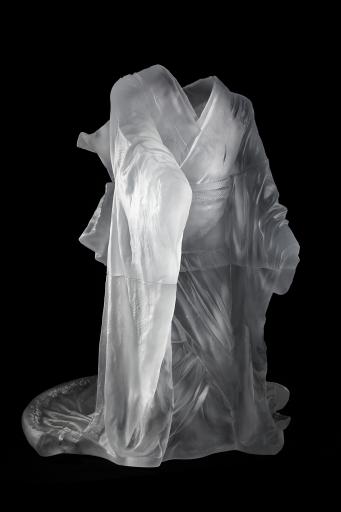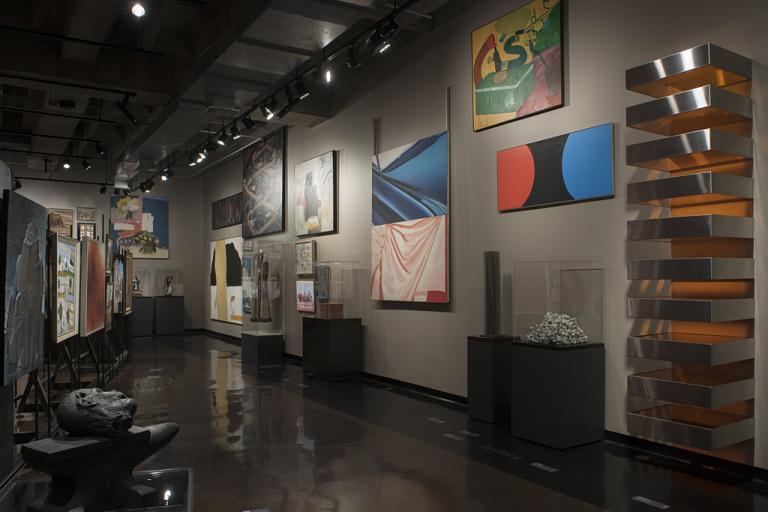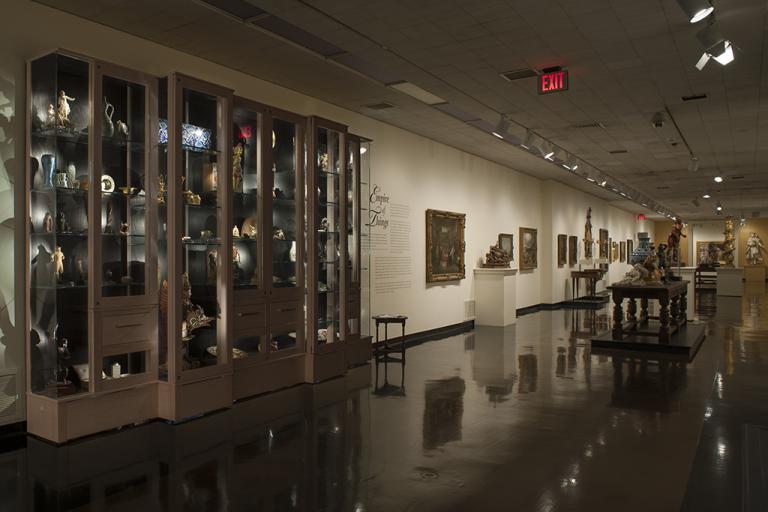Chado, Karen LaMonte
Artwork Overview
Karen LaMonte, artist
born 1967
Chado,
2010
Where object was made: United States
Material/technique: casting; glass
Dimensions:
Object Height/Width/Depth (Height x Width x Depth): 98 x 80 x 92 cm
Object Height/Width/Depth (Height x Width x Depth): 38 9/16 x 31 1/2 x 36 1/4 in
Mount Dimensions (Height x Width x Depth): 18 3/4 x 38 x 44 in
Object Height/Width/Depth (Height x Width x Depth): 98 x 80 x 92 cm
Object Height/Width/Depth (Height x Width x Depth): 38 9/16 x 31 1/2 x 36 1/4 in
Mount Dimensions (Height x Width x Depth): 18 3/4 x 38 x 44 in
Credit line: Museum purchase: Gift of Hope Talbot and Helen Foresman Spencer Art Acquisition Fund
Photographer: Martin Polak / © Karen LaMonte 2010
Accession number: 2011.0015
On display: Stewart Gallery
If you wish to reproduce this image, please submit an image request













